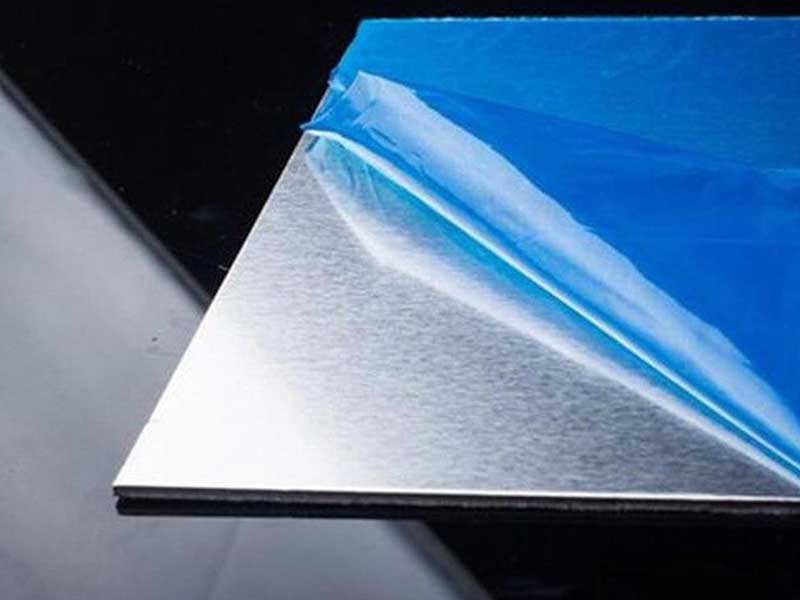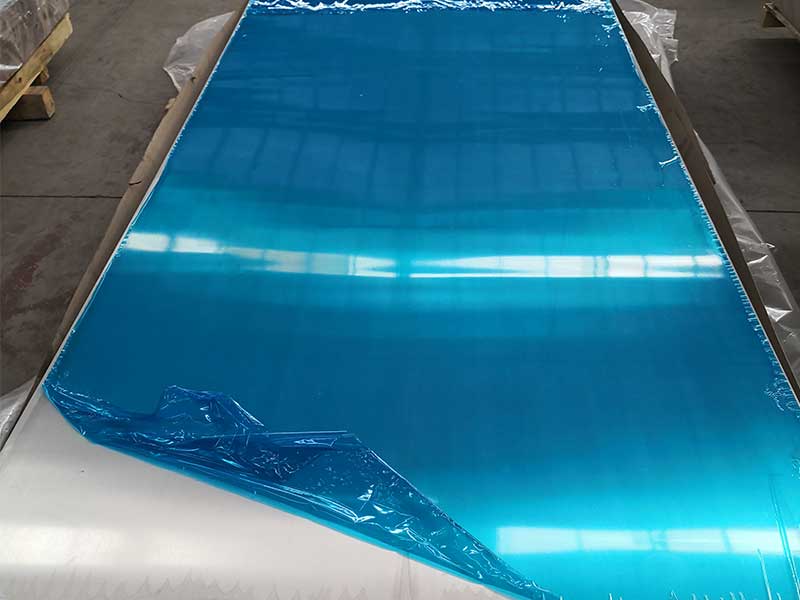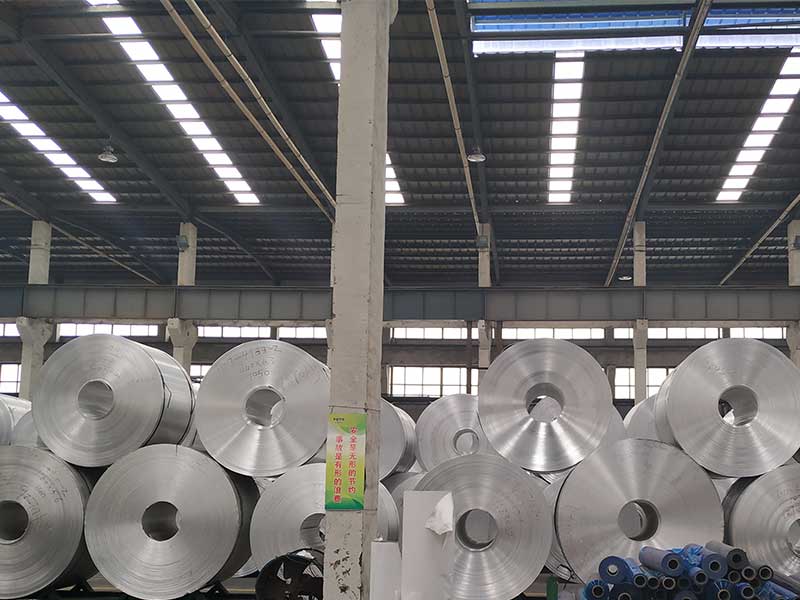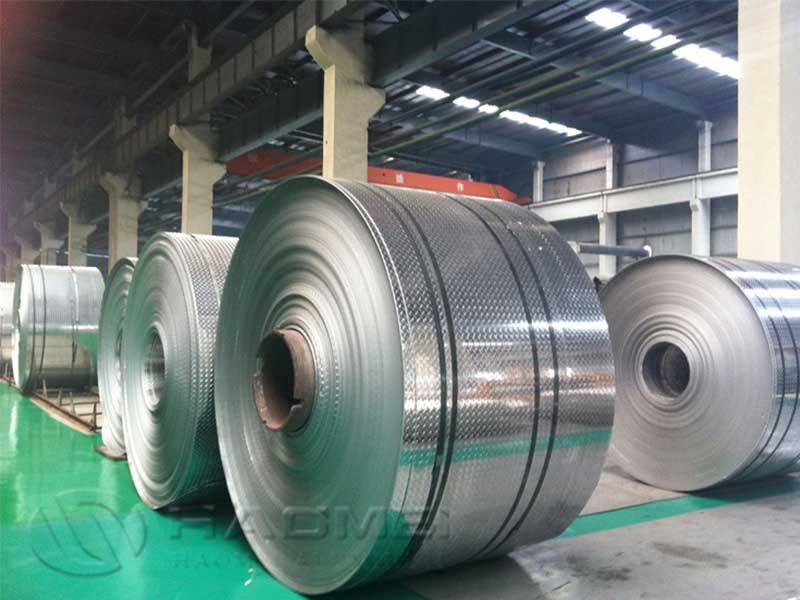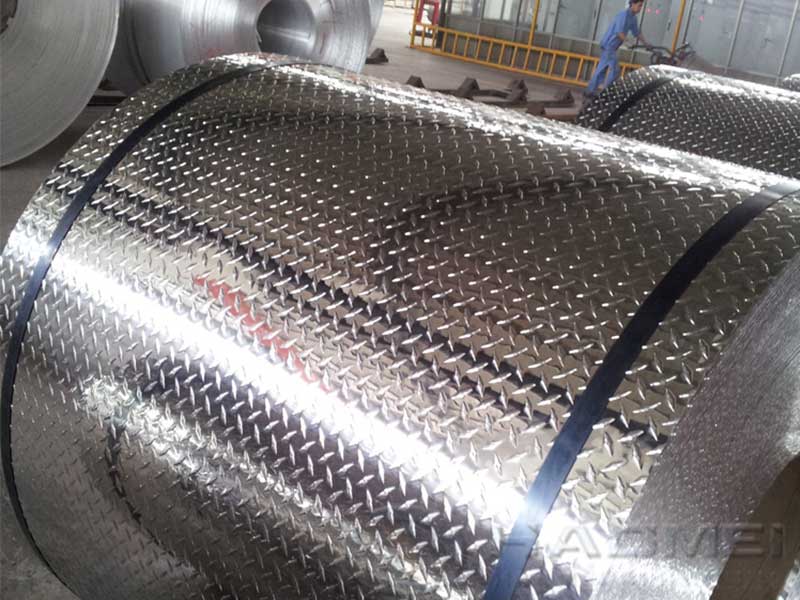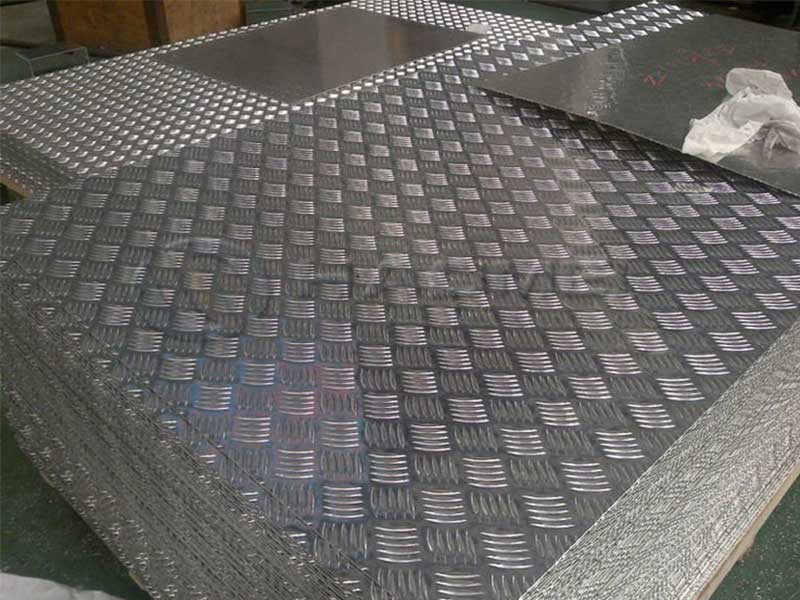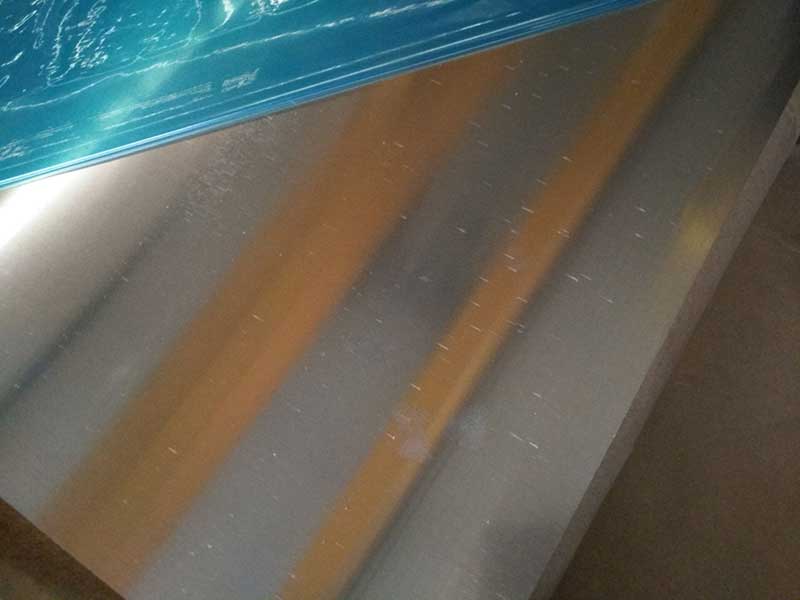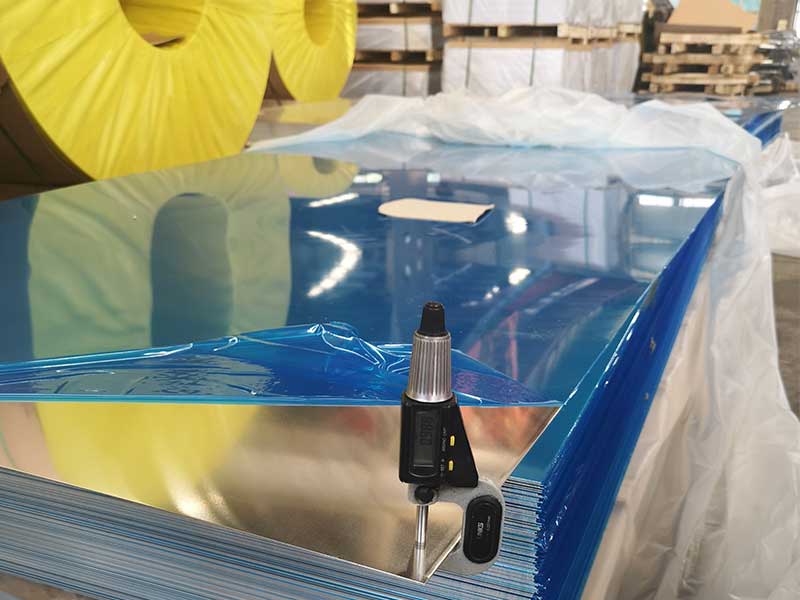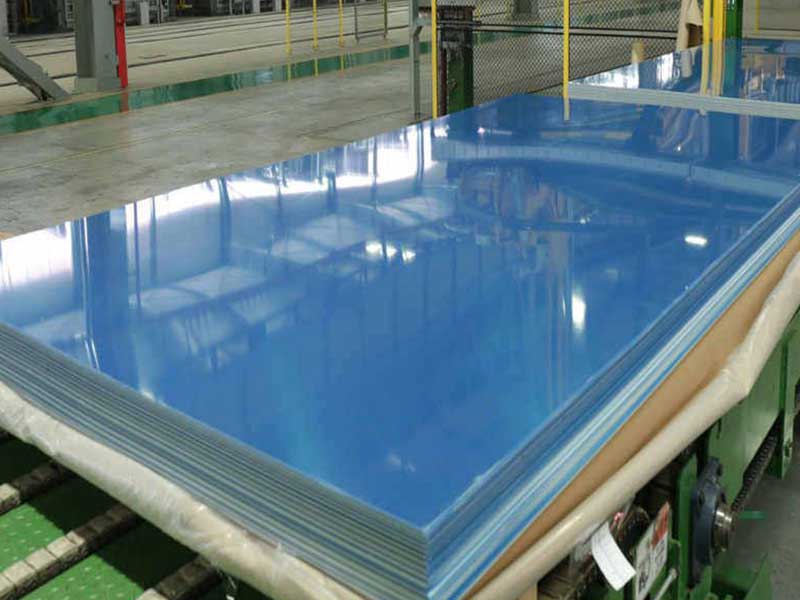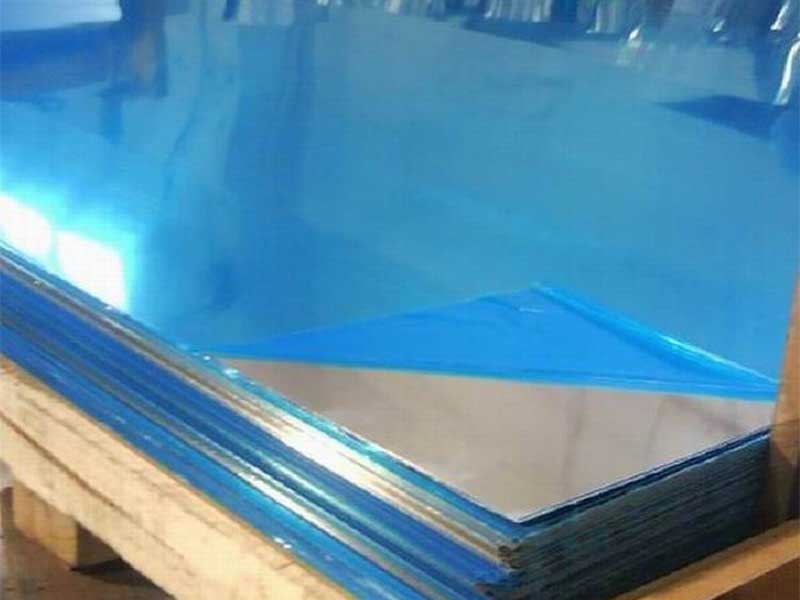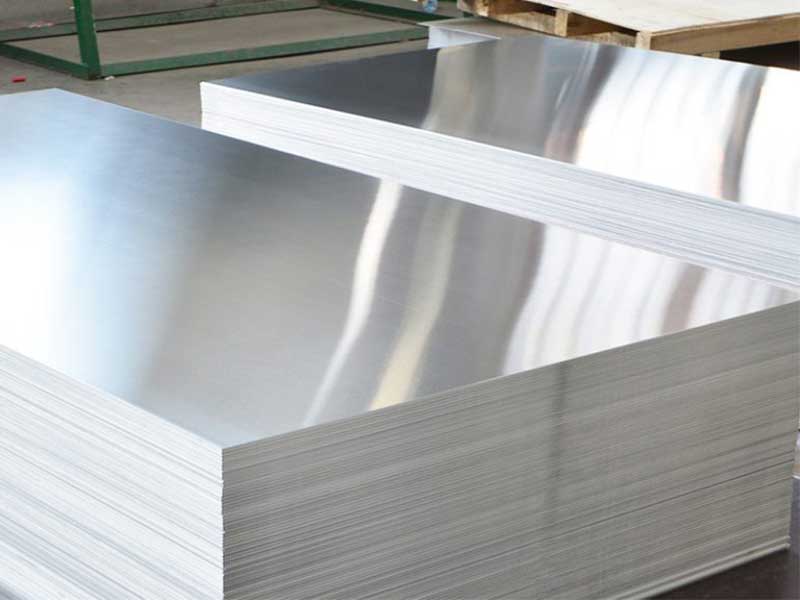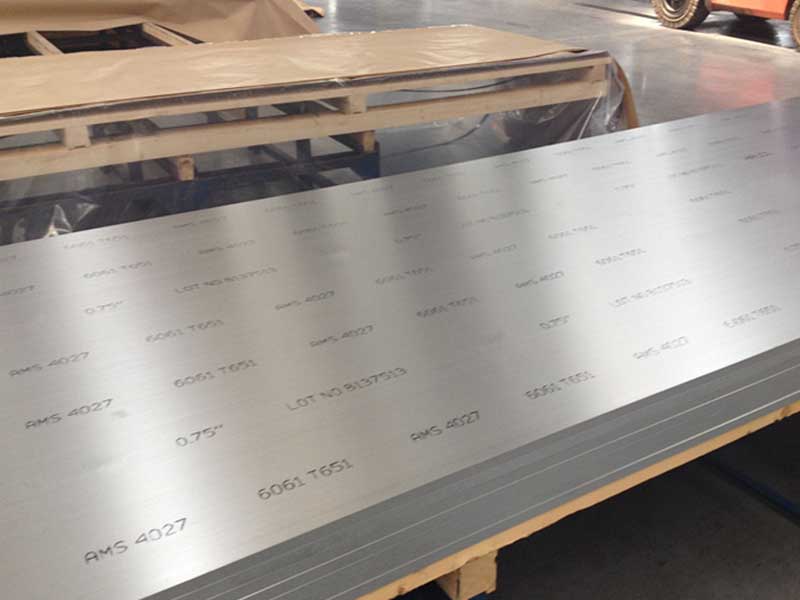2025-04-24 https://www.aluminum-coils.com/a/metric-aluminum-plate.html
The Underrated Advantages of Metric Aluminum Plate: Precision Meets Performance
When selecting aluminum plates for industrial or commercial applications, the choice of measurement standard might seem trivial at first glance. However, opting for metric aluminum plate brings unique technical precision and operational benefits that often go unnoticed.
What is Metric Aluminum Plate?
Metric aluminum plates are aluminum sheets fabricated with dimensions expressed strictly in metric units (millimeters, centimeters). Unlike their imperial counterparts measured in inches and fractions, metric aluminum plates conform seamlessly to the universally accepted International System of Units (SI). This seemingly simple difference has substantial ramifications for manufacturing accuracy, interoperability, and quality assurance.
The Precision Edge: Why Metric Dimensions Matter
In contemporary manufacturing—especially sectors such as aerospace, automotive, and electronics—dimensioning precision influences operational efficiency. Metric aluminum plates tend to allow for tighter tolerance management:
- Improved Dimensional Consistency: Metric systems reduce rounding errors during measurement conversions, improving consistency in thickness, width, and length.
- Finer Granularity of Thickness: Thickness increments are usually designed in smaller metric units (e.g., 0.5 mm steps versus 1/16-inch steps), allowing engineers to specify exact thickness values tailored to stress and load requirements.
This precision supports streamlined fabrication workflows and ensures superior structural integrity for applications demanding rigorous compliance to design specs.
Technical Breakdown: Alloy Composition and Metric Standards
While the alloy compositions (such as 6061, 5083, or 7075 series) remain standard worldwide, metric aluminum plates are often certified with mechanical properties aligned to metric testing procedures (e.g., tensile strength measured in megapascals, not psi). This inherently benefits global collaboration and verification:
- Yield Strength & Tensile Strength: These values are expressed in megapascals (MPa), enabling easier benchmarking and incorporation into finite element analysis (FEA) software used globally.
- Thickness and Flatness Tolerances: Industrial standards like EN 485 define tight tolerances faintly different from ASTM (imperial-based). Choosing metric aluminum plates eliminates the need for complex inter-standard conversion charts during inspections.
Sustainability and Procurement Advantages
Global trade has trended strongly towards metrication, simplifying procurement pipelines:
- Supplier Compatibility: Access metric aluminum plates from a broader supplier base, especially within Europe and Asia—regions heavily standardized with metric norms.
- Reduced Material Waste: Enhanced precision with metric sizing often leads to less off-cut and scrap generation, supporting cost savings and environmental sustainability.
Application Case Studies
- Aerospace Industry: Aerospace structures rely on metric aluminum plates to achieve tight strength-to-weight ratios amidst international design standards.
- Electronics & Enclosures: The tiny thickness increments allow enclosure materials with high heat dissipation versus weight optimization.
- Marine Vessels: Corrosion-resistant 5083 alloy plates in metric formats support seamless hull plate fabrication meeting global transport regulations.

